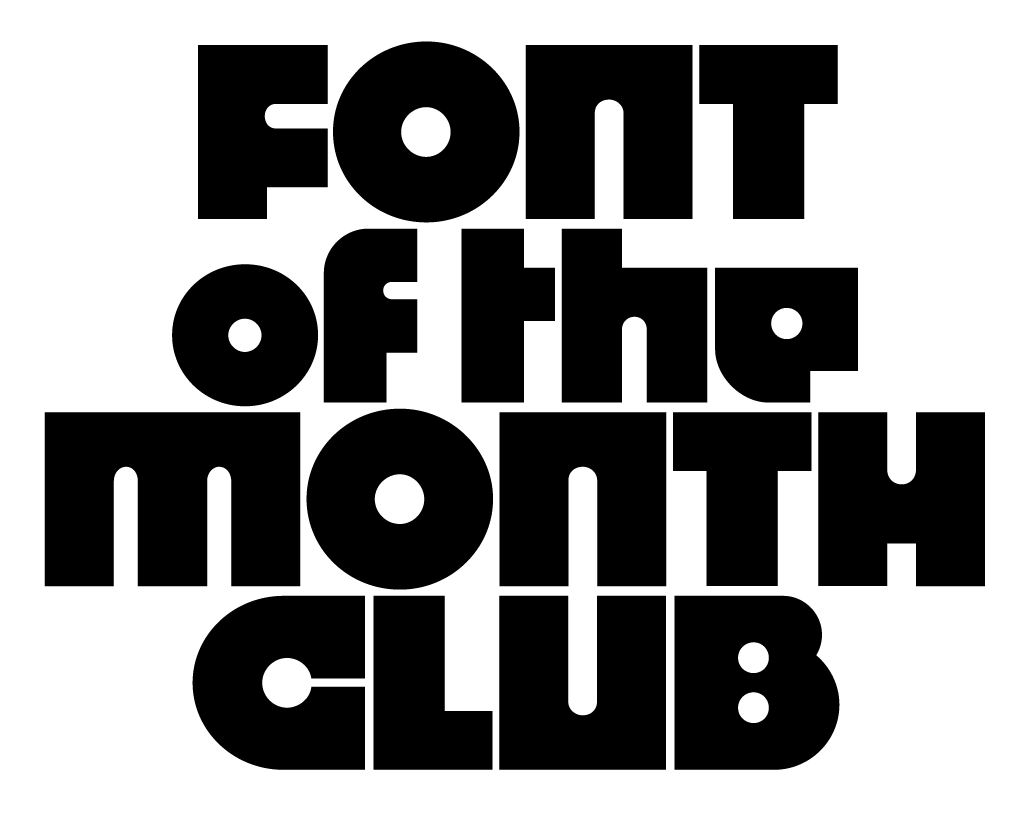Reframing the Indian Vernacular Typography
Session 8
Sunday, 3 October 2021
7:00 PM CST – 7:30 PM CST
Talk
History
- English
According to the dictionary, the term vernacular means “a language or dialect native to a region or country rather than a literary, cultured, or foreign language.” The word “vernacular” itself is rooted in the Latin word Verna, meaning “slave born in the master’s house.”
One of the effects of almost 200 years of colonialization in India was that any form of art or communication that was widely seen by people was termed as vernacular (kitsch or low art). This includes some of the popular forms including the calendar art, matchbox art, and truck art of India. Even though each of these art forms have a specific function, they have come to be known mostly for their treatment of visuals and typography.
Also, there is a growing tendency to either write Hindi in Roman letters or coin hybrid words using Hinglish. To preserve the rich history of Hindi, its countless speakers in India and elsewhere need to make it as widespread a medium of communication as English, Arabic, or Mandarin.
This talk will present my research findings and show how I have used the Devanagari script to reframe Indian vernacular type design. It will address some established assumptions and share new perspectives of using Devanagari for developing engaging design solutions. Ultimately, I intend to highlight the script’s rich visual treatment but also its functionality within my design projects.
-
Shantanu Suman
United States
Shantanu Suman is an Assistant Professor of Visual Communication at Ball State University, in Muncie, Indiana (USA). After working for over six years in the Indian advertising industry, Shantanu moved to the US in 2010 to pursue his master’s degree from the University of Florida. In a career spanning over seventeen years, Shantanu has worked both, in India and the United States as an art director, graphic designer, documentary filmmaker, and design educator. He constantly draws inspiration from his Indian roots and uses Hindi typography within his work to make the Devanagari script relevant in the current design discourse. His design work has been recognized by several publications including Uneven Growth – Museum of Modern Art (MoMA), Communication Arts, TDC, GDUSA, Print Magazine, CNN Travel, Designboom, and Creative Review.







